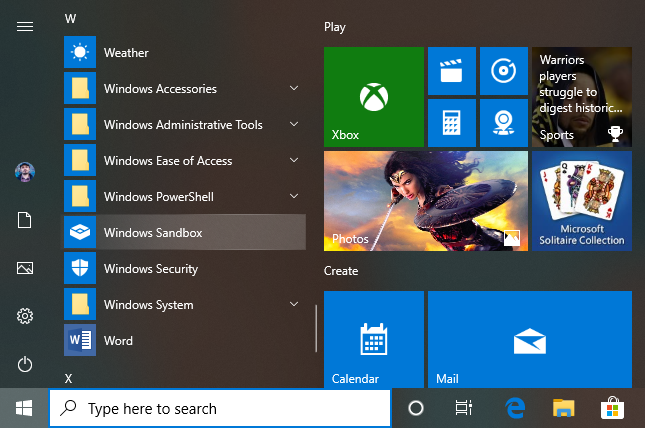

Windows Sandbox incorporates advanced, kernel-based memory management capabilities that allow the host system to reclaim memory from Windows Sandbox if needed. That way, the sandbox environment restores memory without having to go through the entire boot process. Snapshots make it possible to boot the sandbox environment once and save the processor, memory and device state to disk. Windows Sandbox uses snapshots to streamline the boot process. As a result, the OS can compress down to 25 MB when not in use, while consuming no more than 100 MB. The dynamic base image uses links to the host OS files, which are immutable. Microsoft does this by generating a dynamic base image that uses clean copies of host OS files to use. Like any VM, Windows Sandbox mode requires its own OS to run applications and manage the sandbox environment. Developers can use Windows Sandbox mode to test a new application in a clean environment. In Windows Sandbox mode, IT can test applications that pose security risks or run an executable file that might contain malware without risking the host system. When the session ends, Windows Sandbox deletes the application along with any changes made in the host OS and returns the environment back to its original state. Windows Sandbox isolates application installations within the sandbox environment from the host desktop. Microsoft modified these technologies to better integrate and run more efficiently on Windows 10 desktops without any additional components. The technologies in Windows Sandbox mode are based on Windows Containers, a portable runtime environment for implementing containerized workloads.


 0 kommentar(er)
0 kommentar(er)
